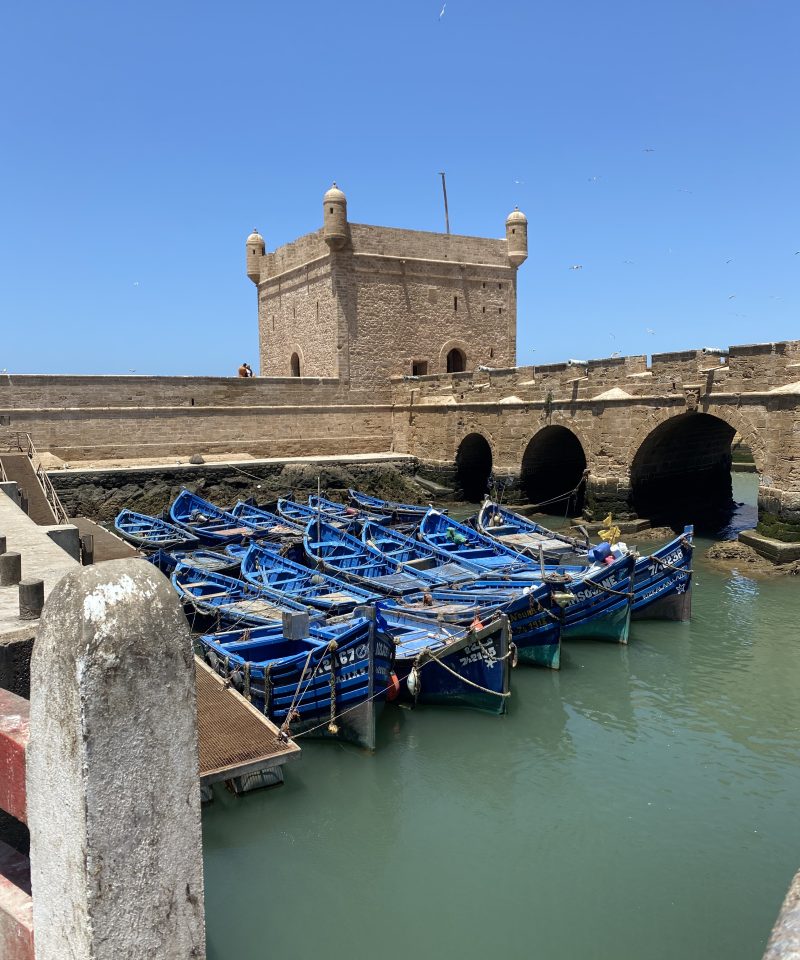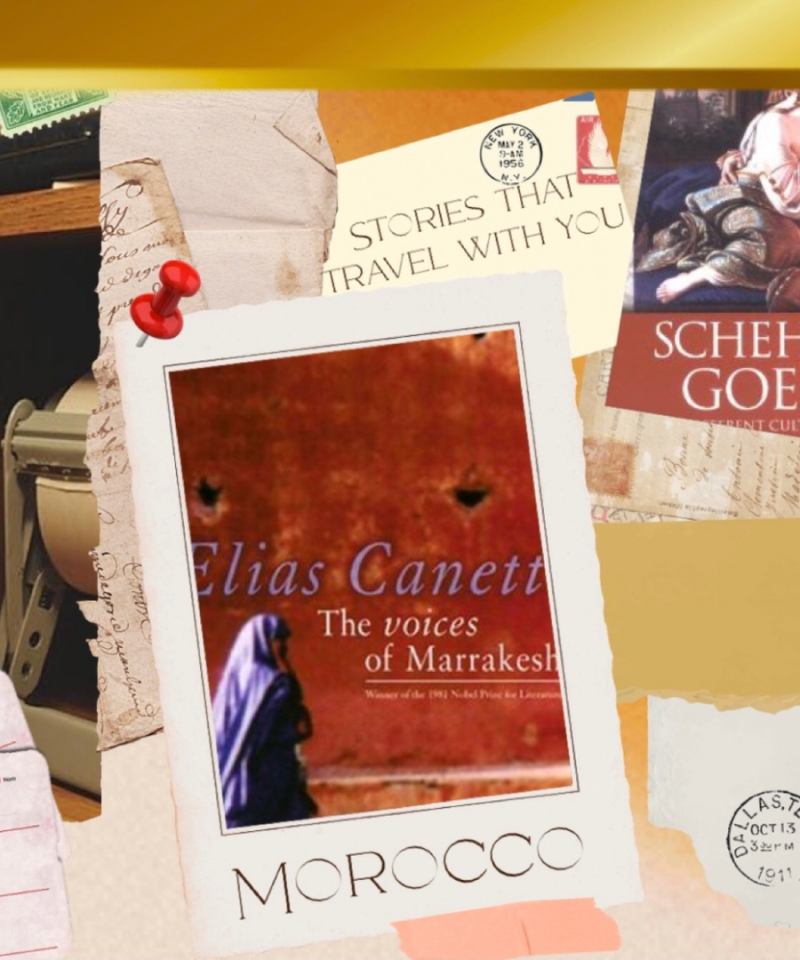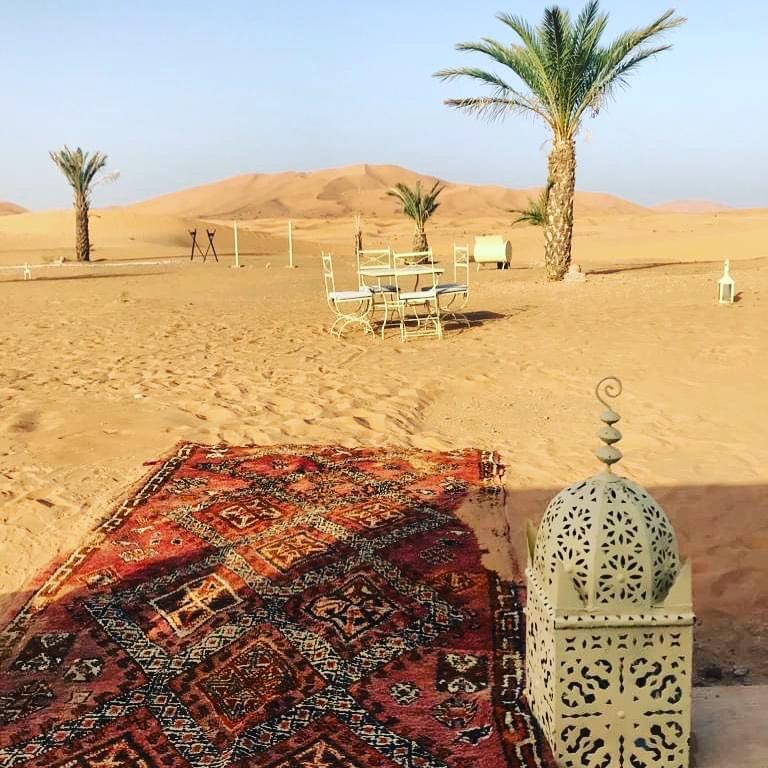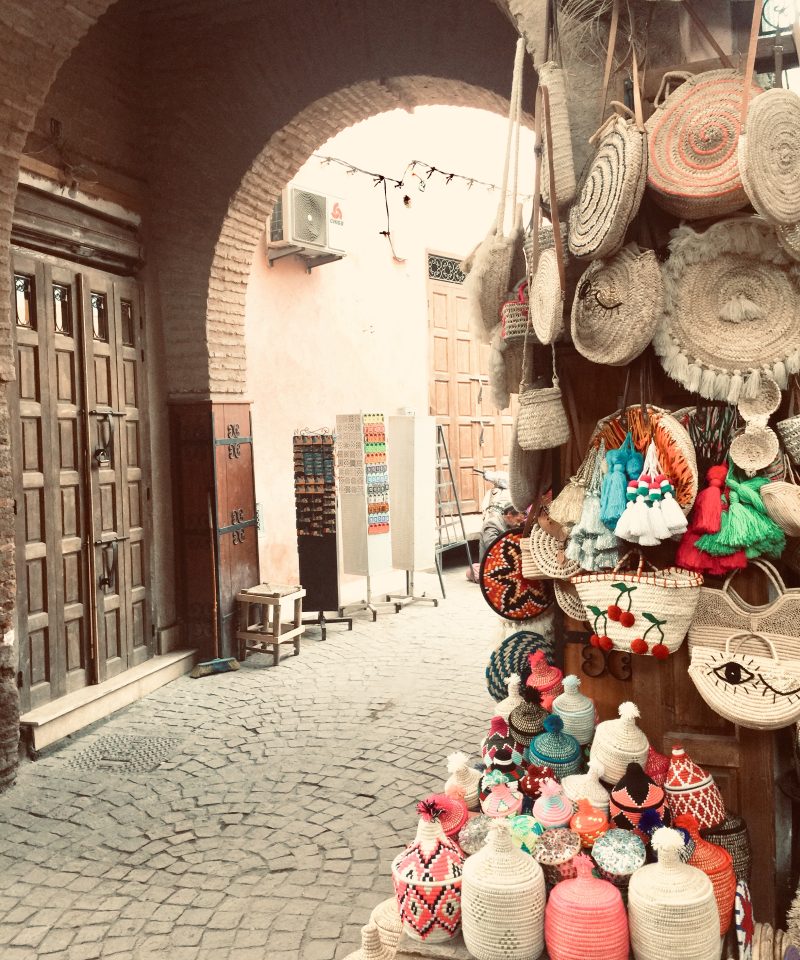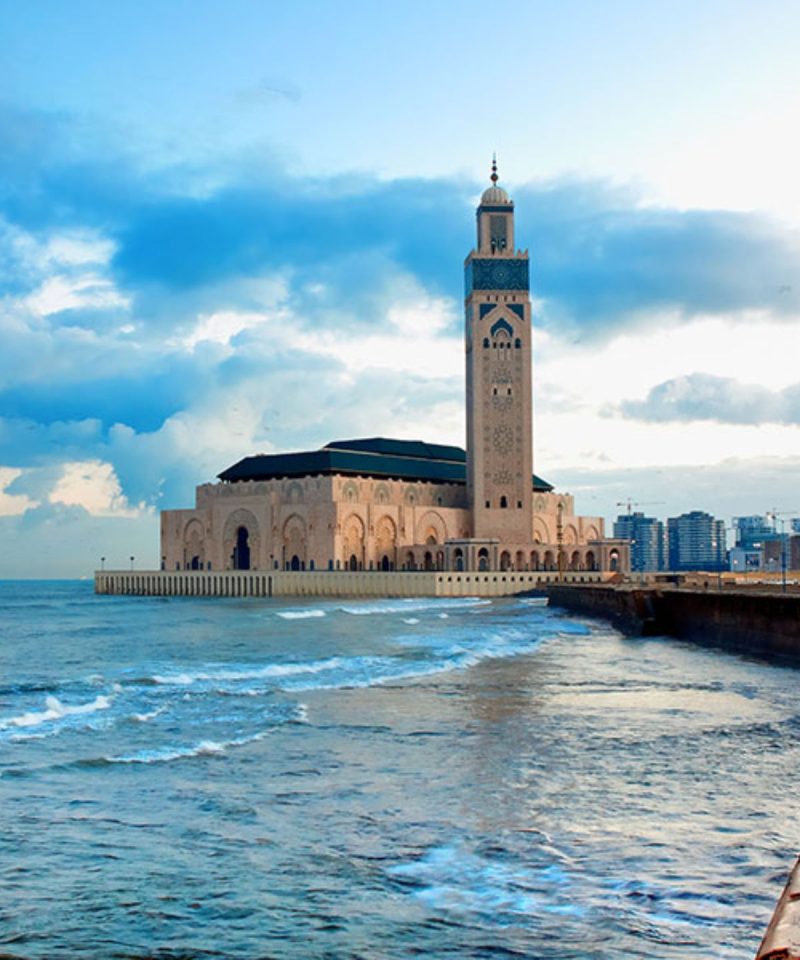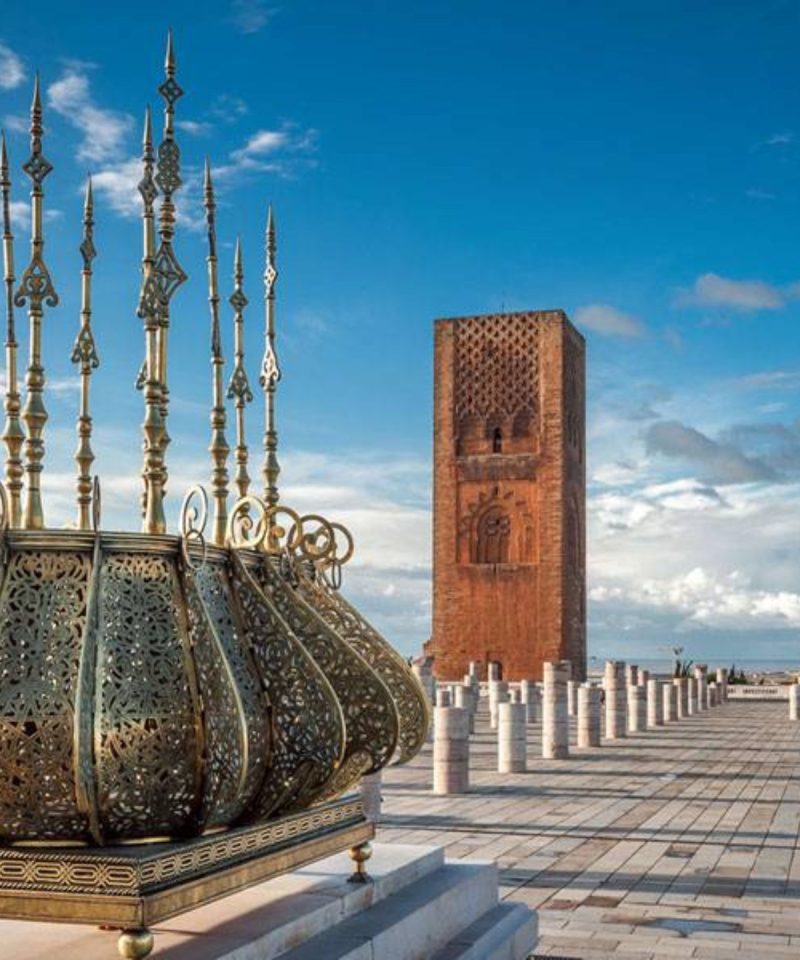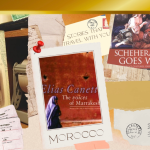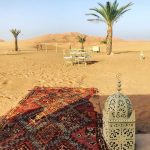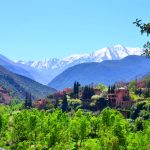Casablanca, also known in Arabic as Dar al-Bayda (Arabic: الدَّار الْبَيْضَاء, romanized: al-Dār al-Bayḍāʾ, [adˈdaːru ɫbajdˤaːʔ]; Berber languages: ⴹⴹⴰⵕⵍⴱⵉⴹⴰ, romanized: ḍḍaṛlbiḍa, lit.: “White House”) is the largest city in Morocco and the country’s economic and business center. Located on the Atlantic coast of the Chaouia plain in the central-western part of Morocco, the city has a population of about 3.71 million in the urban area, and over 4.27 million in Greater Casablanca, making it the most populous city in the Maghreb region, and the eighth-largest in the Arab world.
Casablanca is Morocco’s chief port, with the Port of Casablanca being one of the largest artificial ports in the world, and the second largest port in North Africa, after Tanger-Med (40 km (25 mi) east of Tangier). Casablanca also hosts the primary naval base for the Royal Moroccan Navy.
Casablanca is considered a Global Financial Centre, ranking 54th globally in the Global Financial Centres Index rankings for the year 2022, outperforming many cities such as New Delhi, Jakarta, Istanbul, and Mexico City. Casablanca is ranked among the Emerging International contenders, and it is considered the largest financial center in Africa. The leading Moroccan companies and many of the larger American and European corporations doing business in the country have their headquarters and main industrial facilities in Casablanca. Recent industrial statistics show Casablanca is the primary industrial zone of the nation.
Anfa
Before the 15th century, the settlement at what is now Casablanca had been called Anfa, rendered in European sources variously as El-Anfa, Anafa or Anaffa, Anafe, Anife, Anafee, Nafe, and Nafee. Ibn Khaldun ascribed the name to the Anfaça, a branch of the Auréba [ar] tribe of the Maghreb, though the sociologist André Adam refuted this claim due to the absence of the third syllable. Nahum Slouschz gave a Hebrew etymology, citing the Lexicon of Gesenius: anâphâh (a type of bird) or anaph (face, figure), though Adam refuted this arguing that even a Judaized population would still have spoken Tamazight. Adam also refuted an Arabic etymology, أنف (anf, “nose”), as the city predated the linguistic Arabization of the country, and the term anf was not used to describe geographic areas. Adam affirmed a Tamazight etymology—from anfa “hill,” anfa “promontory on the sea,” ifni “sandy beach,” or anfa “threshing floor”—although he determined the available information insufficient to establish exactly which. The name Anfa is now rendered in Neo-Tifinagh as ⴰⵏⴼⴰ.
The name “Anfa” was used in maps until around 1830—in some until 1851—which Adam attributes to the tendency of cartographers to replicate previous maps.
Casablanca
When Sultan Mohammed ben Abdallah (c. 1710–1790) rebuilt the city after its destruction in the earthquake of 1755, it was renamed “ad-Dār al-Bayḍāʾ ” (الدار البيضاء The White House), though in vernacular use it was pronounced “Dar al-Baiḍā” (دار البيضاء literally House of the White, although in Moroccan Arabic vernacular it retains the original sense of The White House).
The origins of the name “Casablanca” are unclear, although several theories have been suggested. André Adam mentions the legend of the Sufi saint and merchant Allal al-Qairawani, who supposedly came from Tunisia and settled in Casablanca with his wife Lalla al-Baiḍāʾ (لالة البيضاء White Lady). The villagers of Mediouna would reportedly provision themselves at “Dar al-Baiḍāʾ” (دار البيضاء House of the White).
In fact, on a low hill slightly inland above the ruins of Anfa and just to the west of today’s city centre, it appears there was a white-washed structure, possibly a Sufi zawiya that acted as a landmark to sailors. The Portuguese cartographer Duarte Pacheco wrote in the early 16th century that the city could easily be identified by a tower, and nautical guides from the late 19th century still mentioned a “white tower” as a point of reference. The Portuguese mariners calqued the modern Arabic name to “Casa Branca” ([kazɐ’bɾɐ̃kɐ] White House) in place of Anfa. The name “Casablanca” was then a calque of the Portuguese name when the Spanish took over trade through the Iberian Union.
During the French protectorate in Morocco, the name remained Casablanca (pronounced [kazablɑ̃ka]). The city is still nicknamed Casa by many locals and outsiders to the city. In the Arabic world, is still called Ad-dār al-Bayḍāʾ.

